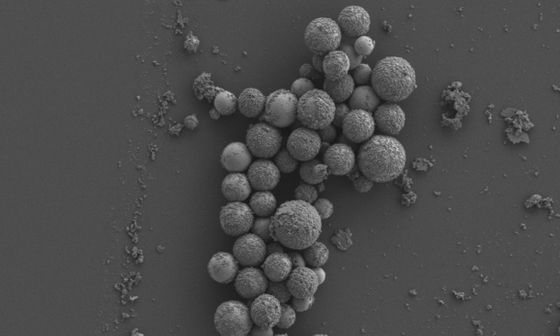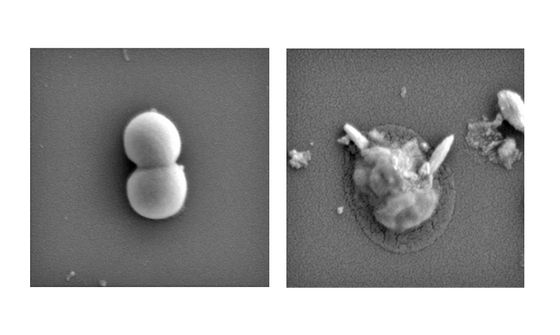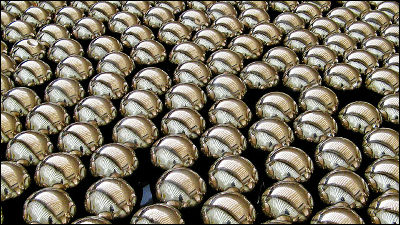A technology will be announced that `` physical tears and destroys '' the `` super bug '' where antibiotics do not work with liquid metal

By
A sterilization method was developed that physically separates drug-resistant bacteria (superbugs), which are resistant to antibiotics , with magnetic metal nanoparticles.
Antibacterial Liquid Metals: Biofilm Treatment via Magnetic Activation | ACS Nano
https://pubs.acs.org/doi/10.1021/acsnano.9b07861
Bacteria shredding tech to fight drug-resistant superbugs-RMIT University
https://www.rmit.edu.au/news/media-releases-and-expert-comments/2020/jan/bacteria-liquid-metal
Liquid metal shredder kills superbugs without drugs
https://newatlas.com/medical/liquid-metal-shredder-superbugs/
Bacteria (bacteria) is present a wide variety of types, lactic acid bacteria Some are beneficial to mankind as, pathogenic E. coli There is also harmful to the human body and so on. Human beings have developed antibiotics to prevent such harmful bacteria from propagating in the body, but bacteria also competed by 'evolving into superbugs that do not work with antibiotics.' Mankind and bacteria have been playing games.
'What is a super bug?' And 'How dangerous is it?' Can be understood by reading the following.
A movie `` The Antibiotic Apocalypse Explained '' that can understand how scary the devil's superbug that antibiotics do not work-gigazine

Under such circumstances, a research team

The research team has also released images that verify the effects of the developed liquid metal nanoparticles using

According to verification experiments conducted by the research team, liquid metal nanoparticles are effective not only for Gram-positive bacteria without an outer membrane but also for Gram-negative bacteria with a cytoplasmic membrane, and are harmless to the human body. Ninety minutes after activation, they killed 99% of the bacteria.
The research team says that the announced metal liquid nanoparticles can be used for `` destroying cholesterol clumps to treat heart disease '' and `` injecting directly into cancer cells to destroy tumors '' . In addition, the research team not only treats `` killing bacteria by injecting directly into the infected site '', but also coating medical implants etc. with the liquid metal nanoparticles in question and keeping `` sterile state '' I am proposing.
At the time of the announcement, the research team had just started animal experiments, and it will take some time before clinical experiments show its effectiveness on the human body and put it into practical use. Aaron Elborn, lead author, commented on the study: 'Bacteria are incredibly adaptable and develop scientific defenses against antibiotics over time. 'We don't have the means to deal with physical attacks,' he said. 'I hope this technology will change the history of antibiotic resistance.'
Related Posts:
in Science, Posted by darkhorse_log







